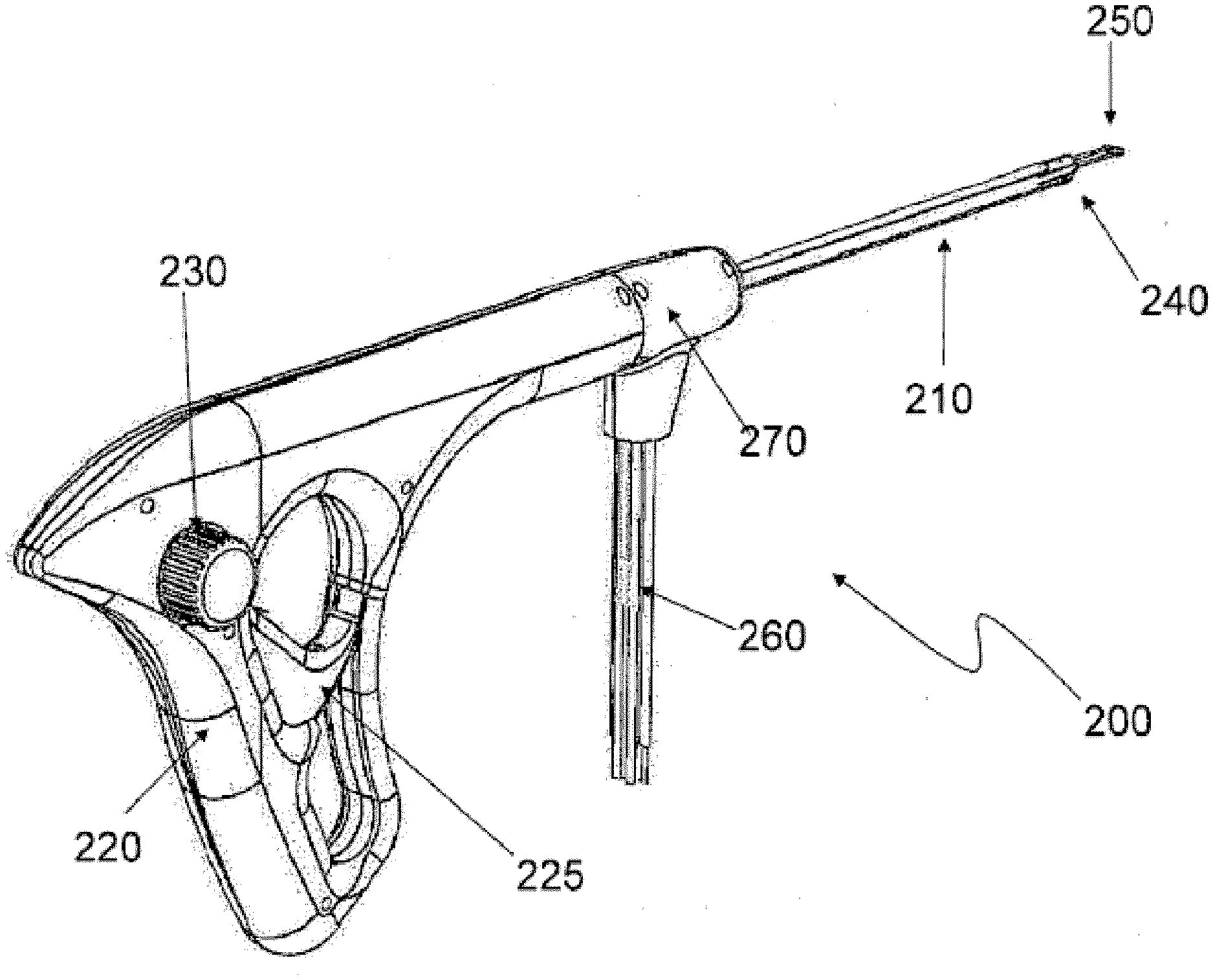Invention for Tissue visualization, modification devices and methods

Invented by Xiaolong OuYang, James S. Cybulski, Eric Schultz, Fred R. Seddiqui, Trice Medical Inc
Tissue visualization devices include endoscopes, laparoscopes, and arthroscopes, which are used to view internal organs and tissues. These devices have become increasingly popular due to their ability to provide high-resolution images of tissues without the need for large incisions. This has led to shorter hospital stays, faster recovery times, and reduced healthcare costs.
Tissue modification devices and methods include lasers, radiofrequency ablation, and cryotherapy, which are used to treat a variety of conditions such as cancer, chronic pain, and skin disorders. These devices and methods allow for targeted treatment of tissues, minimizing damage to surrounding healthy tissue. They also offer a less invasive alternative to traditional surgical procedures.
The market for tissue visualization and modification devices and methods is expected to continue to grow as new technologies are developed and as the demand for minimally invasive procedures increases. The global market for endoscopy devices alone is projected to reach $44.6 billion by 2025, according to a report by Grand View Research.
One factor driving the growth of this market is the increasing prevalence of chronic diseases such as cancer and cardiovascular disease. These conditions often require surgical intervention, and tissue visualization and modification devices and methods offer a less invasive alternative to traditional surgery.
Another factor driving the growth of this market is the increasing demand for cosmetic procedures. Tissue modification devices such as lasers and radiofrequency ablation are commonly used in cosmetic procedures such as hair removal and skin resurfacing.
However, the market for tissue visualization and modification devices and methods is not without its challenges. One challenge is the high cost of these devices and procedures, which can limit access for some patients. Another challenge is the need for specialized training and expertise to use these devices and methods effectively.
Despite these challenges, the market for tissue visualization and modification devices and methods is poised for continued growth as new technologies are developed and as the demand for minimally invasive procedures increases. These devices and methods offer a less invasive alternative to traditional surgery, leading to shorter hospital stays, faster recovery times, and reduced healthcare costs.

The Trice Medical Inc invention works as follows
Aspects include minimally invasive tissue modifications systems. The systems embody a minimally invasive access device with a proximal, distal and internal passageway. A visualization element and an illuminate element are located among the distal ends. Methods for using the systems in tissue modifications applications are also provided, along with kits for practicing the invention. There are also internal tissue visualization devices with RF-shielded vision sensor modules. These devices allow for minimally invasive RF tissue modification. The devices may include a hand-held controller unit and an extended member. Some aspects include RF tissue modulation devices. These devices can be connected to a hand-held medical device using an adapter. The adapter produces RF energy that can be delivered to a plasma generator attached to an extended member.

Background for Tissue visualization, modification devices and methods
Minimally Invasive Techniques for Tissue Modification Systems
Access Devices
Tissue Modification Devices.
Rongeur System with Integrated Visualization Element
Methods
Embodiments for Kits
Computer Readable Storage Media.
Further Embodiments for Tissue Visualization Devices & Systems
Further Embodiments of Imaging Methods
Examples for the Utility of Certain Embodiments.

Tissue Visualization Devices and Systems.
Experimental Examples
Embodiments for RF Tissue Modulation devices
RF Probe
RF Energy Source
Further Embodiments for the Hand-Held Control Unit.
Adapter
Additional Components and Functionality
Illustrated Embodiments
Further Embodiments Of Methods

Further examples of utility

Click here to view the patent on Google Patents.


